IAP is great for user engagement. If you have players that really enjoy the gameplay, this method can make the game even more interesting and exciting. This results in better engagement and longer play sessions.
Not to mention that if the users already made a purchase, there are better chances they will want to return to the game. However, relying on IAP alone can drive away users who don’t want to pay for anything.
An argument in favor of IAA is the fact that people don’t really hate in-game ads. This is probably because they are accustomed to them and even expect them.
In-App Purchases: Goldmine for Successful Mobile Game Monetization (part 2)
Written 23/9/2022 by Admin.
In part 1, we ‘ve known all the basic things about in-app purchases: what they are, the types, pros/cons, and some numbers. But how can we decide whether our game was suitable for In-App Purchases or not?
If the answer is yes, then what should we do to optimize In-App Purchases? If the answer is opposite, then why?
Don’t panic. Just carry on reading this blog because this part 2 will give you a clear point of view on this issue.
In-App Purchases vs. In-App Ads
Not sure if you should choose this monetization model over ad monetization? This is a common dilemma.
Let me share some thoughts about both.
First off, note that it doesn’t have to be either IAP or IAA. You are free to combine them. In fact, according to Facebook, a hybrid monetization model like this positively affects user retention.
Naturally, this model expands a game’s player base. Some players prefer playing for free with some ads while some want to pay for a premium gameplay experience. If done right, it can benefit both of these groups.
However, developers are often concerned that introducing ads to their IAP-based mobile game might cannibalize their IAP revenue. You can minimize this risk if you strategically place ads into such games.
Both models come with their own strong suits.
IAP is great for user engagement. If you have players that really enjoy the gameplay, this method can make the game even more interesting and exciting. This results in better engagement and longer play sessions.
Not to mention that if the users already made a purchase, there are better chances they will want to return to the game. However, relying on IAP alone can drive away users who don’t want to pay for anything.
An argument in favor of IAA is the fact that people don’t really hate in-game ads. This is probably because they are accustomed to them and even expect them.
In fact, 73% of players said they are happy with the ad-based monetization model. This is especially true for rewarded video ads. The players that are not willing to spend money, might be willing to spend their time to get something in return.
When deciding on the primary monetization model of your game, you have to think about what your game is made of – its core loop and target audience.
If your games’ target audience includes casual and/or younger users, this model probably won’t work for you. These types of players see mobile games as a way to kill time when they are bored. They aren’t that committed to the game and consequently, they would rather watch through ads than pay for anything.
However, if your target group consists of mid or hardcore gamers, things are different. These players take game progress seriously. However, this is no rule, since there are many examples of casual games that made the top-grossing charts based primarily on IAP revenue.
To be able to find the best strategy for your app, always keep an eye on the other players in the market. Obviously, you should pay special attention to the top games in your genre.
The best thing you can do is put yourself into the player’s shoes and find out what makes them spend. Find inspiration in competitor strategies and see which one you can use for your game.
Now let’s talk about some games that took the art of in-game purchasing to the next level.
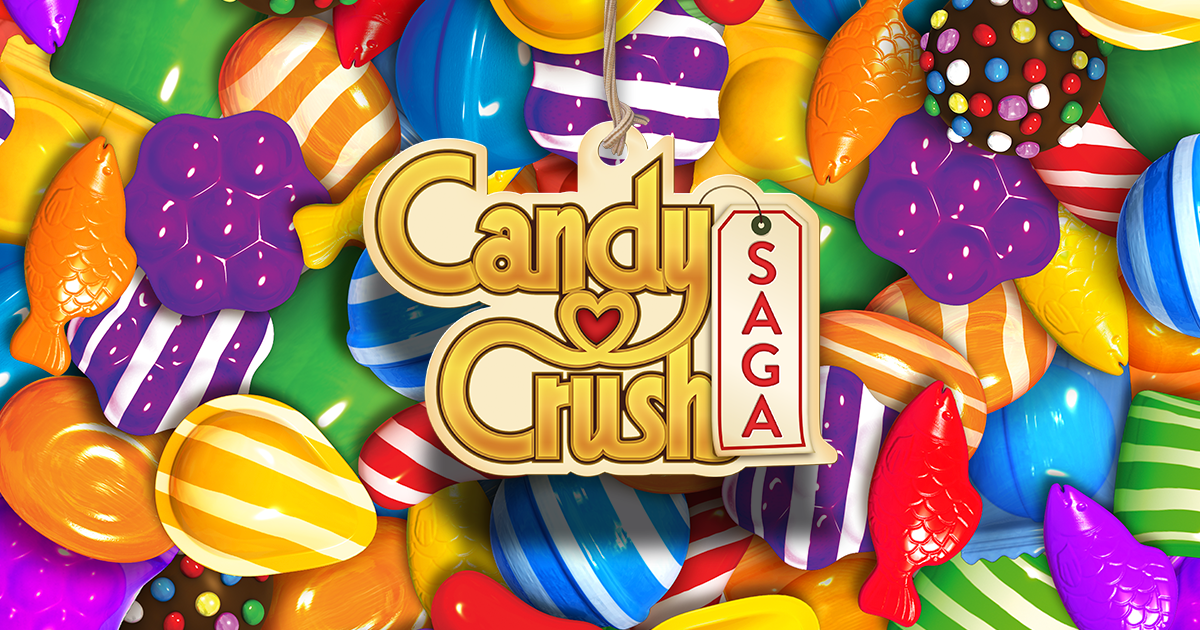
When someone says in-app purchases, my mind goes straight to Candy Crush Saga. This game is one of the pioneers of successful in-app purchasing.
It’s interesting that when the game first appeared in 2012, it relied on both in-app advertising and microtransactions. In 2013, they decided to remove all ads from the game – and that’s when it blossomed. Both the user base and the publisher’s revenue.
In this game, the players begin their journey with five “lives”. Each time they fail a level, they one. Once all of them are gone, they are left with three options: wait half an hour for a life to restore, purchase lives, or ask their Facebook friends for lives. If you had a Facebook account in 2014 and 2015, you probably got a ton of these requests.
These are the top in-app purchases in the game among iOS users:
Extra Moves – $0.99
Extra Lives – $0.99
10x Gold Bars package – $0.99
The first two are self-explanatory. Gold Bars are specific items because they can be used for multiple purposes – for new lives, moves, as a power-up, or for unlocking episodes. This is the game’s premium currency.
It’s interesting that 97.7% of Candy Crush Saga players never pay for anything and play the game completely free. You read it right. It’s that big of a percentage even for the most successful games.
The secret to the Candy Crush Saga success lies in the number of its users. Despite the fast-paced mobile gaming industry and new titles appearing on the market, Candy Crush Saga remained a strong player to this day. In 2020 alone, Candy Crush Saga generated $473 million in player spending.
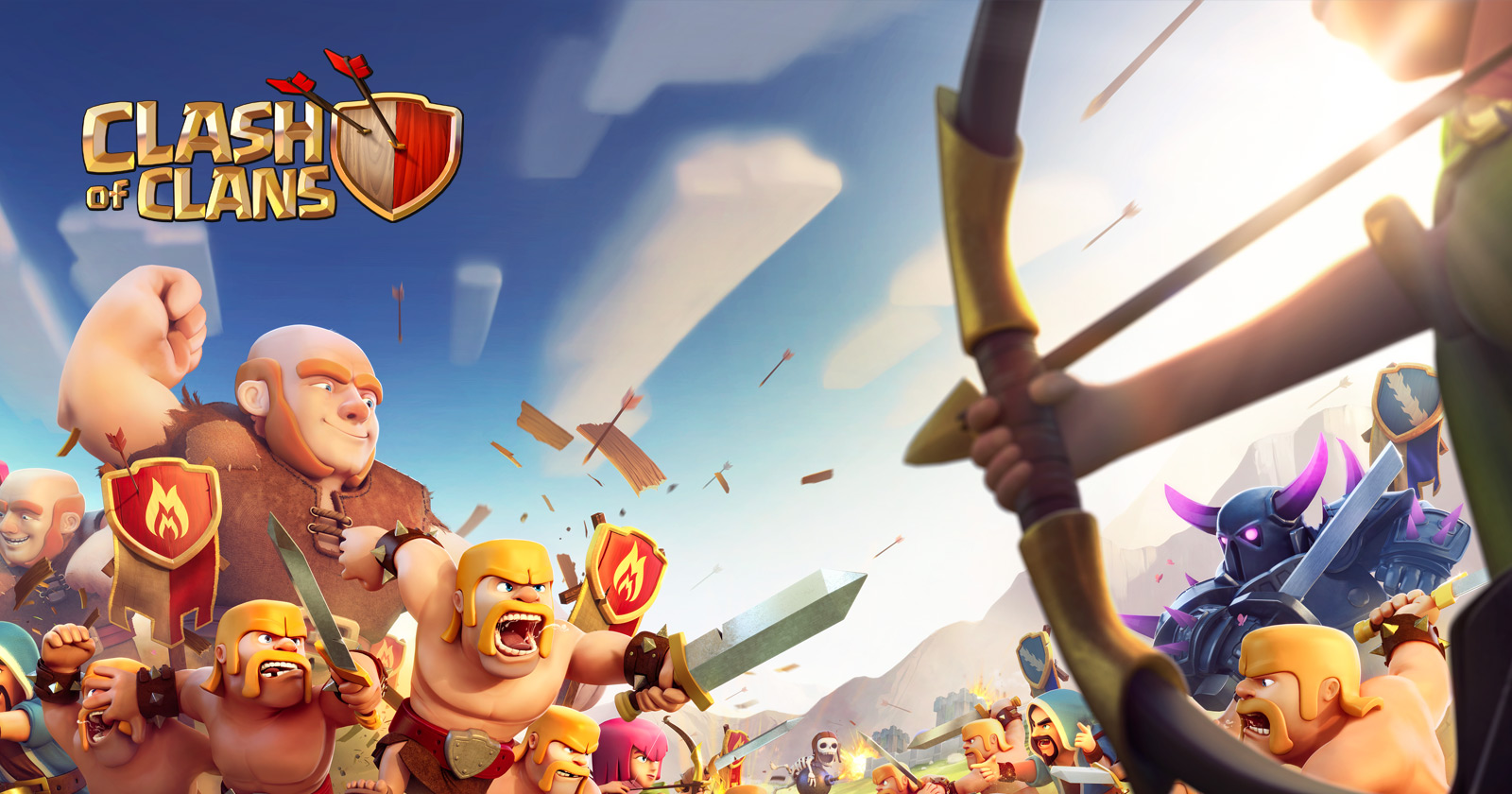
This Supercell’s strategy mobile game was released back in 2012. Just three months later it became the most profitable app in the US. In a years’ time, it became the #1 grossing game in the world.
How is that even possible?
This game is set in a fantasy world where players build their own villages and compete against others in clan wars. Here, the main in-app purchases come in the form of gems – the game’s premium currency. They can be organically earned in the game, but buying them can speed things up.
You can see that the bundles of gems are the most popular purchases in the game:
Pile of Gems – $4.99
Bag of Gems – $9.99
Sack of Gems – $19.99
Gold Pass – $4.99
It’s interesting to see that the most popular purchase was the second cheapest offer. Meanwhile, the cheapest one – Pocketful of Gems, priced at $0.99, didn’t make it to the top. We’ll talk about the importance of value for money later in the article.
Since its early days, the game has put a lot of focus into upgrades and updates. The most successful upgrade was made in 2019 when they added a subscription feature – the Gold Pass.
The result?
Seven years after the launch, the game experienced a rebirth. For the first time since 2015, the game had an increased yearly revenue.
To put it in numbers, in 2015, the game reached its peak, reaching $1.8B in revenue. After that, the year-on-year number had a dropping trend, reaching $572 million in 2018. With the introduction of the subscription-based Gold Pass, the revenues climbed to $722 million in 2019.
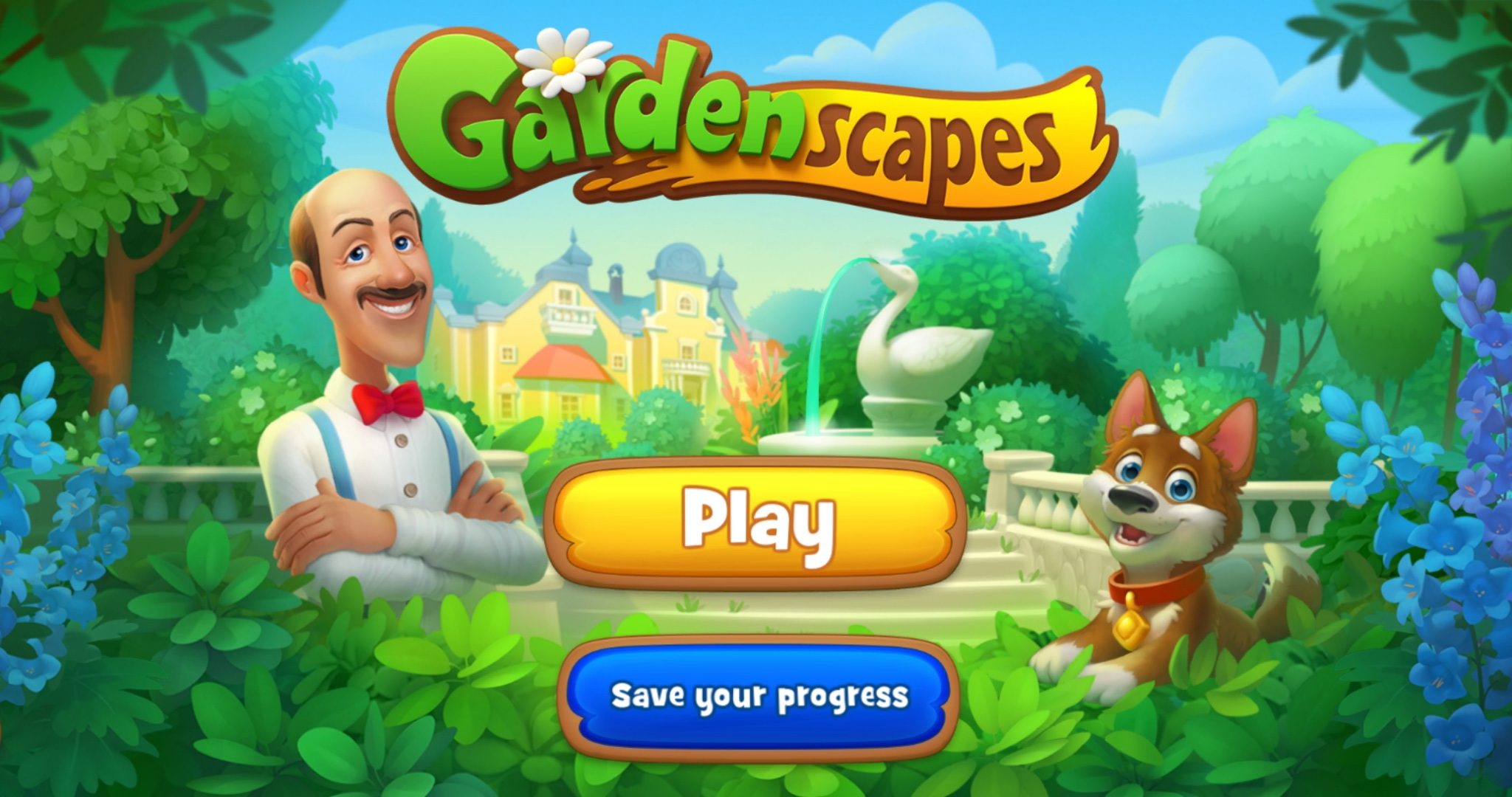
Coming from Playrix, this game is one of the strongest contestants in the mobile gaming industry. It is also one of those that successfully monetize with in-app purchases.
How did this game get people to spend?
The core loop of the game consists of building a garden with resources, playing single-player match 3 games, and receiving rewards for beating levels.
When it comes to building the garden, the players can buy resources in the form of star currency, consumable items, time, bundles, etc. In match 3 games, they can purchase power-ups, extra moves, and extra lives. After beating a level, the players organically receive a certain amount of stars and rewards.
Basically, the secret of the Gardenscapes marketplace is the way it’s integrated into the game context.
Here are the top 3 in-app purchases among Gardenscapes’ iOS players:
Garden Kit – $1.99
Handful of Coins – $0.99
Gold Reserve $2.99
According to Statista, this game generated a total of $3 billion in player spending from 2016, when it was first released, to August 2021 (GameDaily).
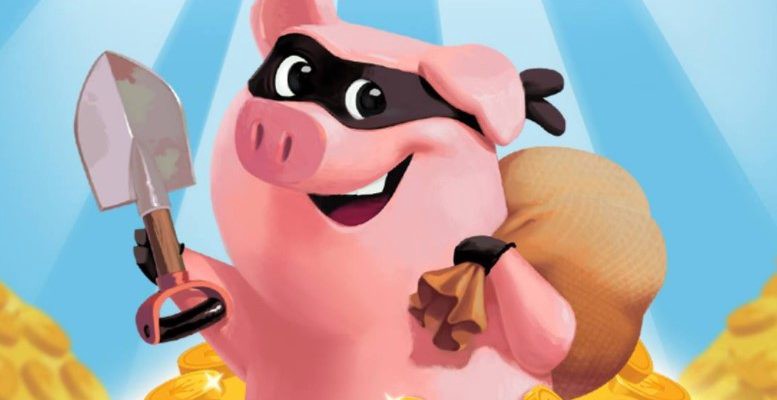
Coming by Moon Active, this game has been sitting on the top places of top-grossing charts for a while now.
According to Sensor Tower, in February 2021, it reached $2 billion in lifetime revenue.
Here’s how this casual/casino game makes the big bucks.
The core mechanic of the game is a simple slot machine. However, what makes the game special is how it blends with meta elements.
Coin Master players need to spin the slot machine, gain coins, build their bases, attack other players’ bases and unlock levels.
Most of the game’s revenues come from spinning.
These are the top 3 in-app purchases among Coin Master’s iOS players in the U.S.:
Small Spins pack $1.99
Special Small Spins pack $4.99
Extra Pack v1 $2.99
When players start playing the game, they get a lot of free spins on the slot machine. The more they play, the number of spins decreases. In this situation, they need to wait for them to renew.
Waiting is no option for some players, though.
The main reason players make IAPs in this game is to prolong sessions and skip wait times.
Some other things players can buy in the game are coins (soft currency) and time-limited bundle deals.
Overall, the game’s in-app purchase strategy is pretty aggressive. But since this works for them, it’s obviously a good choice.
We’ve already mentioned that the IAP model is simply more effective with some genres. Generally, it all comes down to the genre audience and their motivation to play.
According to GameAnalytics, the best performing genres in average daily IAP conversion rates are RPG and Strategy games with 1.5%.
Doesn’t seem that high?
What if I told you that, in most other genres, anything over 0.5% is considered good.
Now let’s take a look at a genre split between the two most popular monetization models: in-app purchases and in-app advertising.
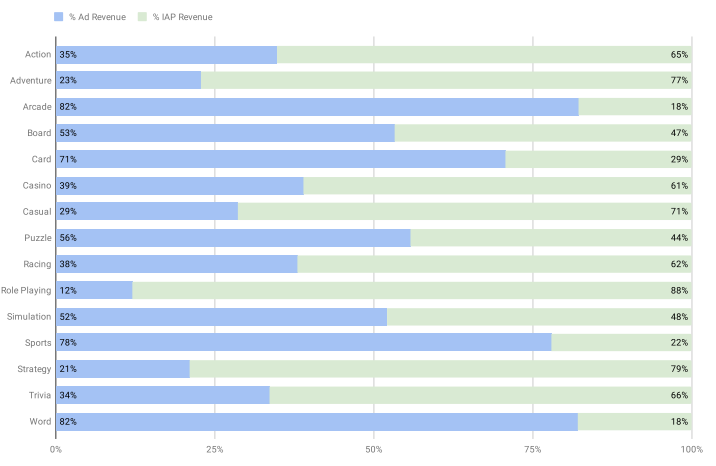
According to Unity, 88% of Role Playing games and 79% of Strategy games monetize via in-app purchases. They are followed by Adventure (77%) and Casual games (71%).
The three leading genres all have some common traits and fall into the mid-core category.
When it comes to the casual genre, it is a diverse one. Here, the games that successfully monetize via in-app purchases are usually those that use match 3 features like Candy Crush Saga and Homescapes.
However, according to GameAnalytics, the trend with casual games is shifting towards ad-based revenue, as their average ARPPU and ARPDAU decreased by about 15-20 percent.
Meanwhile, the average ARPDAU for strategy and role-playing games is 5-7x higher than in most other genres.
Role-Playing games heavily rely on IAP revenue. In fact, according to GameAnalytics, this genre has 3-4x higher in-app conversion rates than other top-performing genres.
In role-playing games, everything is about characters. For this reason, most in-app purchases in these games should be focused on upgrading them. Here are some of the most common offers in RPG games:
Additional equipment
Revive option
Character ingredients
Consumable boosts
Gachas/loot boxes
Some other common RPG features include time-limited offers, bundle offers, and skippable wait times. All of these features are considered basic IAP mechanics.
However, there are some RPG-specific features we found across the top-performing RPG games.
Loot boxes are used by most RPG games. The fact that the content inside is random is a great surprise factor. One of the best practices with loot boxes is offering at least 5 different ones. You can make them time-limited, event-related but also offer them at discount prices.
We’ve already mentioned the importance of characters in RPG games.
And there is one thing you can do about them – offer a lot of them.
How many?
Well, the top RPG games offer 51 or more characters to purchase and collect. This may seem like a lot, but it’s one of the keys to success – as many as 92% of top RPGs use this monetization feature.
![]()
Strategy games are one of the genres that drive the majority of in-app purchases. The players in this genre typically have a high lifetime value and are highly competitive.
There are many IAP monetization features strategy games can incorporate, including consumables, craft items, time-limited offers, pay to skip wait times, VIP system, etc.
However, genre-specific IAP strategies include:
Battle pass
Purchasable characters
Purchasable gear
Including a battle pass into strategy games can boost user engagement and user retention. In fact, according to Facebook’s Gaming report, 49% of players would like this feature in a strategy game.
When it comes to purchasable characters, 92% of players said they would like to have this option. This comes as no surprise since strategy games naturally come with some RPG characteristics.
Finally, 71% of strategy games players would like to buy extra gear. This can give the players more power and make it more interesting for them, but also boost further in-app purchases.
Depending on the game, puzzle games fall into either the mid-core or casual category.
These games monetize both ways – ad monetization is present in 66% of them, while 44% are based on IAP revenue. For this particular genre, focusing exclusively on IAP revenue is not as effective, as puzzle players traditionally don’t make as many in-app purchases. A hybrid monetization system is a better idea.
In puzzle games, you will often find basic monetization features like boosts, skippable wait times, IAP in tutorials, as well as a premium currency.
However, there are some additional features found among top puzzle games:
Piggy bank
Time-limited bundle deals
6 or more purchasable boosts
We’ve previously mentioned piggy bank as a monetization mechanic. This is how it works in puzzle games.
As the players make accomplishments – e.g., level completion, they earn in-game currency, they slowly fill out the piggy bank. After it’s full, all they need to do to break it is – make a one time purchase.
The trick to this feature is that players get a lot at once – much more than they would get via a regular in-app purchase. Piggy banks can be found across 45% of top puzzle games (Facebook Gaming).
Another great idea for puzzle games is offering time-limited discount bundles. This is a common feature that can be found across 98% of top puzzle games (Facebook Gaming).
Finally, boosters are always a good idea. Helping players climb levels and advance, they are one of the most popular types of in-app purchases. Most importantly, here should be more than one kind of boost. For this reason, 69% of top puzzle games offer their players six or more purchasable boosts (Facebook Gaming).
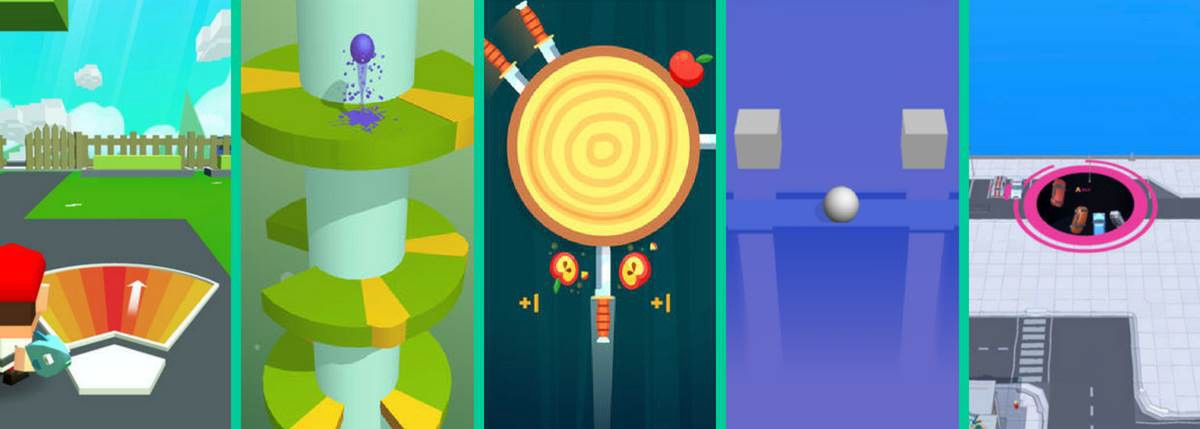
It is no secret that hyper-casual games are almost always based on ad monetization. The players are mostly used to these ads, and they are least likely to make in-app purchases.
Because of this and their nature, these games rarely implement in-app purchases. However, some hyper-casual games do include certain IAP monetization features.
Here are some IAP features we’ve seen in top-performing games like Go Knots 3D and Happy Glass:
Loot boxes – containing different items, boosts, decorations, and characters
Time-limited bundle deals – discounted currency, items, etc.
Consumable boosts – anything from damage boosts, shields, to clues and tips
The reason why hyper-casual developers mainly don’t utilize IAP is that they know who their players are. Since these games are played to pass time or relieve stress, it’s hard to expect players to make purchases or become loyal to the game.
To sum it all up, in-app purchases can be a real goldmine for your game. However, there is a whole process behind it, starting while the game is still in development.
The key to success in IAP monetization is knowing who your audience is and what might encourage them to spend.
There are some general best practices that go for all kinds of games. Seamlessly integrating in-app purchases into the gameplay and being moderate with offers are just some of them. It is equally important to keep an eye on your competitors and top-grossing games.
Finally, if you do everything right, this monetization model can bring you better user engagement and user retention. And of course, the ultimate goal – more revenue.
If you feel like you need help finding the perfect monetization strategy for your game, feel free to contact us!